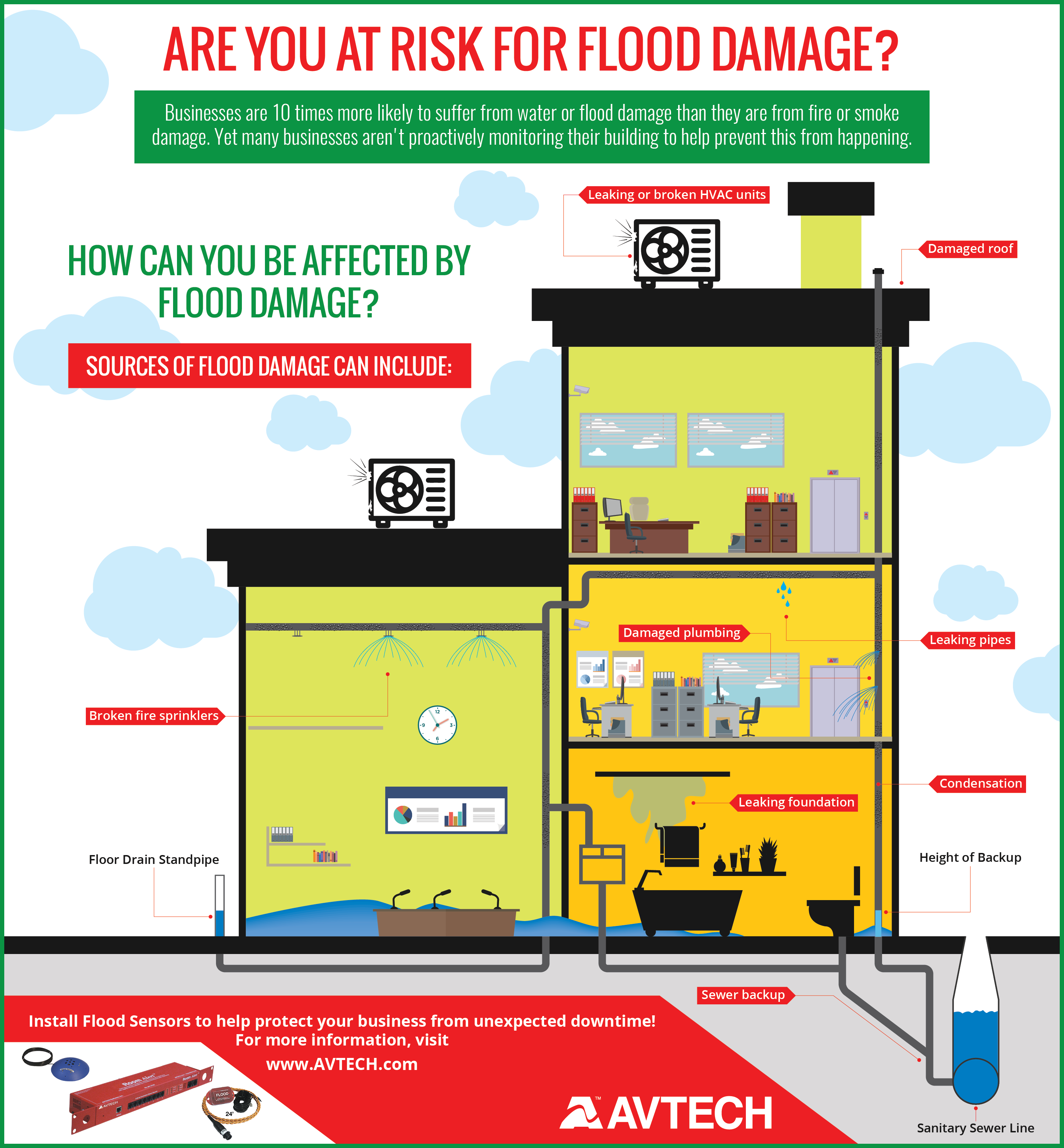Professional Tips For A Thorough Roof Covering Evaluation
Professional Tips For A Thorough Roof Covering Evaluation
Blog Article
Content Author-Pearson Connor
To ensure your roof covering stays in leading condition, expert suggestions for a complete inspection can make all the distinction. By mastering the art of examining vital areas and spotting common warnings, you might possibly conserve yourself from costly repair work down the line. So, are you prepared to take the very first step in securing your home and boosting your roofing system's durability?
Roof Evaluation Preparation
Prepare for your roof covering evaluation by collecting needed tools and safety tools. Beginning by guaranteeing you have a strong ladder that reaches the roof covering securely. In addition, get a pair of durable job gloves to protect your hands from any kind of sharp edges or particles. A trusted flashlight will additionally can be found in useful, specifically if you're evaluating the roofing system in dark lighting problems.
Next, collect a caulking gun and roof sealant to attend to any small leaks or problems you may encounter throughout the evaluation. A measuring tape will certainly assist you precisely evaluate the dimensions of any problem areas. Don't neglect to bring a note pad and pen to jot down notes or design representations if needed.
Last but not least, prioritize safety and security by wearing non-slip footwear to prevent crashes while climbing on the roofing system. Take into consideration using a safety harness or ropes for added defense, particularly on steep roof coverings.
Secret Locations to Take A Look At
Evaluate the roofing's vital areas completely to guarantee a detailed analysis of its condition. Begin by examining the roof shingles or roofing material. Try to find any indicators of damages such as cracks, missing out on pieces, or curling edges.
Inspect the blinking around smokeshafts, vents, and skylights for any kind of rust or voids that could bring about leaks. Examine the gutters for debris accumulation and ensure they're safely connected to the roofing system. Pay attention to the roof valleys where water runoff is focused, as these locations are a lot more susceptible to leakages.
Next, take a look at the soffits and fascia for any kind of indicators of rot or damages, as these components are essential for appropriate air flow and security versus wetness. Examine the attic for any indicators of water damage, such as spots or mold and mildew development, which could indicate a dripping roofing.
Last but not least, inspect the seals around vent pipelines and various other roofing system infiltrations to ensure they're undamaged and water tight. By completely checking out these essential areas, you can recognize any kind of possible concerns and resolve them immediately to keep the integrity of your roof covering.
Common Roof Red Flags
Watch out for usual roof red flags that can show possible problems with your roof covering's condition. Missing or harmed tiles are a clear indication that your roofing may be compromised. https://specificationonline.co.uk/articles/2021-06-08/aco-water-management/early-engagement-during-blue-and-green-roof-construction-essential , bending, or blistering roof shingles too, as these can point to weathering or poor setup.
Water spots on your ceiling or walls are a red flag for a leaky roof covering that needs prompt interest. Look for signs of moss or algae growth, as these can suggest trapped moisture, which may result in rot. If you notice granules from asphalt shingles in your rain gutters, it can indicate your roofing system is nearing the end of its life-span.
Sagging locations on your roof recommend architectural damage and must be dealt with immediately. Last but not least, daytime coming through the roof boards in your attic room signifies a need for roofing system repair work. Keeping https://residentialroofingcompany84061.tokka-blog.com/31437042/harness-these-important-point-of-views-to-identify-the-essential-elements-in-picking-a-reputable-roofer-for-your-next-undertaking out for these common red flags can help you capture roofing problems early and prevent expensive damages.
Final thought
In conclusion, conducting normal roofing system examinations is critical for recognizing and attending to problems prior to they escalate. By utilizing the right devices and security tools, focusing on key locations, and watching for common red flags, you can make certain the longevity and stability of your roofing.
Remember, early detection and prompt repair services can conserve you time and money in the future. Remain proactive and maintain your roofing in leading problem.
